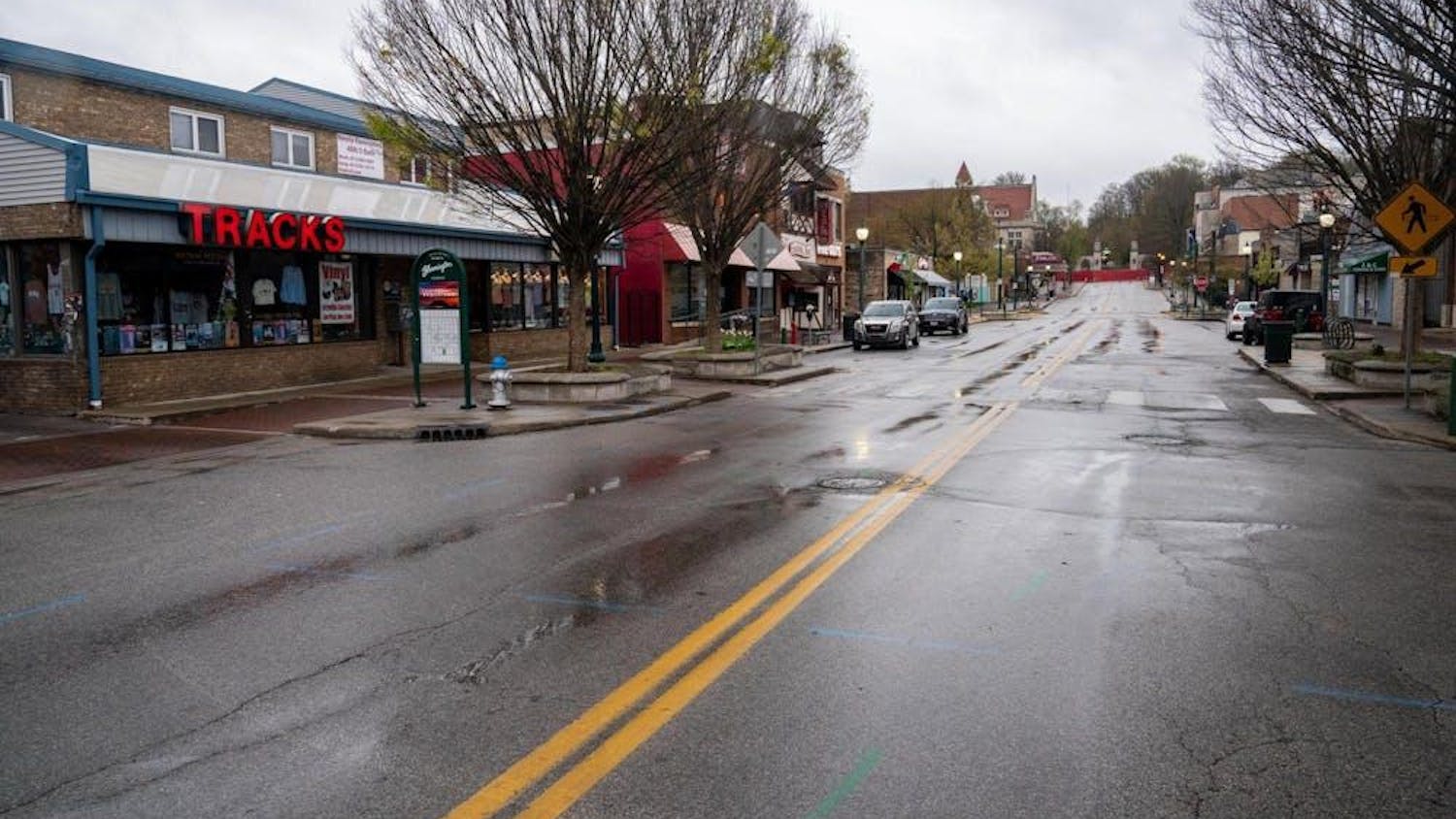CAIRO, Egypt -- In peacetime, Saddam Hussein's whereabouts are top secret. In war, with the U.S. military after his head, it's even harder to keep track of him.\nThe Iraqi president -- or possibly a double -- has been seen on state-owned television giving speeches, chairing meetings of top lieutenants and on one occasion greeting well-wishers on a Baghdad street. But according to the few sources in a position to know, he's likely spending most of his time underground.\nSince the outset of the war, when cruise missiles hit a compound in Baghdad where Saddam was believed to be hiding, U.S. and British officials have questioned whether he is alive.\nAn Iraqi dissident who for years worked very close to Saddam said the Iraqi leader is so obsessed with his security that very few people would know about his movements.\nThe exiled dissident said only two people are kept posted on Saddam's whereabouts -- his younger son, Qusai, who commands the Republican Guard and is head of the president's security, and his private secretary, Abed Hameed Hmoud, a member of Saddam's Tikriti clan. Even older son Odai is thought to be out of the loop because he is considered to have a reckless nature.\nThe dissident spoke to The Associated Press by telephone on condition his name and the European capital where he lives were not disclosed.\nDuring the 1991 Gulf War, the dissident said, Saddam stayed at private houses in several Baghdad neighborhoods, dressed in a long robe and traditional checkered headdress. He would move around in old taxis or trucks, and used couriers to communicate with aides, the informant said.\nSaddam reportedly uses doubles to keep people guessing about his movements. His rare trips abroad are not reported by Iraqi media until he lands at his destination.\nSunday, a statement attributed to Saddam was read on Iraqi television. It urged citizens to join any military units they could find.\nAnother broadcast, also attributed to Saddam, awarded posthumous medals and cash rewards to the families of two Iraqi women who killed themselves and three coalition soldiers Friday in an apparent suicide attack.\nAbbas al-Janabi, who worked as Odai's secretary until he defected in 1995, said Saddam probably went into an underground bunker even before the U.S. bombing started. He said Saddam has a series of bunkers dug in Baghdad to shelter him in emergencies.\nAl-Janabi said one bunker links several of Saddam's palaces in Baghdad and has exits to downtown streets. Part of it was originally dug for a subway project that ran out of money, he said.\n"They need sensors to find him," al-Janabi said from neighboring Jordan.\nGerman engineer Karl Esser has told AP he helped a company design a bunker under one of Saddam's Baghdad palaces near the Tigris River in the early 1980s.\nThe bunker Esser described is believed to have survived the 1990-91 Gulf War. Since then, the United States has developed precision-guided "bunker-busting" bombs designed to penetrate deep into such reinforced concrete shelters.\nBut Esser said he doubts the Americans can breach the bunker, which has a ceiling more than six feet thick.
Whereabouts of Saddam remain secret to world
Exiled dissident shares information on Iraqi president
Get stories like this in your inbox
Subscribe



